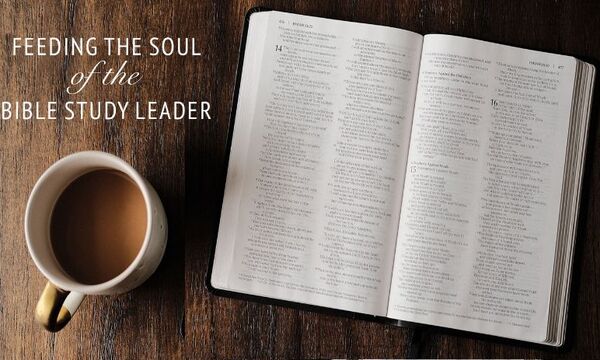While Christians decry the secularization of Christmas, the spirit of that season (gift-giving, twinkling lights, warm cocoa) coalesces rather well with the celebration of God coming to earth in the birth of Jesus. Easter is more difficult. For the Christian, the meaning of Easter is directly connected to the brutal and unjust execution of the one born in Bethlehem. Easter is the exuberance of the empty tomb, and yet it stands in solidarity with the alienation of a blood stained cross
On Easter afternoon my family will gather in a local park with aunts, uncles, abuelas, abuelos, cousins, and friends and we will eat honey ham, throw a Frisbee around, and hastily hide colorful plastic eggs in surrounding bushes and trees. Perhaps one of the adults will bring everyone together and say something about the “true meaning of Easter,” but more than likely nothing will be said beyond what was already heard in church. We read the Christmas story while licking candy canes around the tree, but we struggle to read the Easter story with yellow stained Peeps stuffed in our cheeks. We know how to celebrate birth, but how do you celebrate death and resurrection?
Perhaps part of the disconnect of Easter is the multiple layers of meaning that Christians have found in the cross. Some of the earliest Christ-followers saw the death and resurrection of Jesus as primarily a victory over sin, death, and Satan. Others stressed the demonstration of love seen in God the Son’s willingness to suffer to provide a way to reconcile with the Father. Still others found in Jesus’ crucifixion the payment of the penalty for sin that you and I otherwise deserve. Where goes the meaning of his death, there goes the meaning of his resurrection.
Liturgical traditions in some sense rise above the theological details and enter into the overarching themes of darkness on Good Friday, waiting on Holy Saturday, and joy on Easter morning. Perhaps it is in this threefold pattern of dying, waiting, and rising again that the significance of Easter can be appreciated. We have human analogues to this kind of rhythm. We know what it is go through periods of painful loss, confusing disorientation, and hoped for reorientation. We experience this in hospital waiting rooms, receiving pink slips, and phones ringing in the middle of the night. On this reckoning, Easter is a reminder that in the midst of darkness and despair, there is hope. In the words of Wendell Berry, we “practice resurrection.”
But does not Easter have more of an edge to it? Recently I have been reflecting on the notion that when God came to earth as the man Jesus, humanity killed him. Whether we see ourselves in the cry of “Crucify him!” or in the fireside retort of “I know him not!” or in Pilate’s washing of his hands, or simply in the passivity of laying low until it was all over, in one manner or another, when God came to earth to proclaim his reign, we tried to throw him off a cliff, and when that did not work, we hung him up to die. Even though we were not there then, we are implicated in that he died “for our sins.” There is something deep in every human heart that does not want God to reassert his reign. When he comes, we push him off. Even those of us who accept Jesus as Lord remain intent, at some level, to keep him at bay. We would rather be God, than to love God.
With this resistance in mind, it seems fair to say that there is something intrusive about Easter. We killed him, and he had the gall to come back to life. He keeps coming back. This is good news, yes, but it is also disturbing news. Jesus, on the cross, does not take a hint. He stays on course. “Father, forgive them,” he says, “for they do not know what they are doing.”
I wonder if it is this intrusiveness of Easter—Easter with an edge—that will always be at odds with hollow chocolate bunnies, malted milk balls, and multi-colored eggs. It will be at odds with any sort of ritual or decoration because the reality of the death and resurrection of Jesus is not merely an event that happened years ago. The reality of a risen Jesus confronts our resistance now. The person of Jesus stands at the door and knocks. If anyone hears his voice and opens the door, he will come in and eat with her, and she with him. We can keep the door shut. We can push him away. We can even kill him. But he keeps coming back. His unceasing love will not leave us alone.
 Biola University
Biola University
.jpg)
.jpg)

